Joint Clustering and Content Deployment Algorithm for Cellular D2D Communication Based on Delay Optimization
-
摘要: 针对蜂窝网络传输性能及基站(BS)缓存能力受限,多用户内容请求难以满足用户服务质量(QoS)需求等问题,该文提出一种蜂窝终端直通(D2D)通信联合用户关联及内容部署算法。考虑到位于特定区域的多用户可能对于相同内容存在内容请求,该文引入成簇思想,提出一种成簇及内容部署机制,通过为各簇头推送热点内容,而簇成员基于D2D通信模式关联簇头获取所需内容,可实现高效内容获取。综合考虑成簇数量、用户关联簇头、簇头缓存容量及传输速率等限制条件,建立基于用户总业务时延最小化的联合成簇及内容部署优化模型。该优化问题是一个非凸的混合整数优化问题,该文运用拉格朗日部分松弛法,将原优化问题等价转换为3个凸优化的子问题,并基于迭代算法及Kuhn-Munkres算法联合求解各子问题,从而得到联合成簇及内容部署优化策略。最后通过MATLAB仿真验证所提算法的有效性。Abstract: Due to the limited transmission performance of cellular network and the buffering capabilities of the Base Station (BS), it is very difficult to achieve the Quality of Service (QoS) requirements of multi-user content requests. In this paper, a joint user association and content deployment algorithm is proposed for cellular Device-to-Device (D2D) communication network. Assuming that multiple users located in a specific area may have content requests for the same content, a clustering and content deployment mechanism is presented in order to achieve efficient content acquisition. A joint clustering and content deployment optimization model is formulated to minimize total user service delay, which can be solved by Lagrange partial relaxation, iterative algorithm and Kuhn-Munkres algorithm, and the joint clustering and content deployment optimization strategies can be obtained. Finally, the effectiveness of the proposed algorithm is verified by MATLAB simulation.
-
表 1 联合用户关联及内容部署算法
(1) 确定L种簇头组合策略; (2) for $l = 1$,针对第$l$种簇头组合策略; (3) 设置最大迭代次数${T^{\ \max }}$和最大容忍值$\varepsilon $; (4) 初始化拉格朗日因子${\eta _{i,j,k}},\;{\varphi _{i,j,k}},\;{\theta _{i,j,k}}$; (5) 重复主程序; (6) 求解用户关联子问题得到局部变量值${\delta _{i,j}}$; 求解内容部署子问题得到局部变量值${\beta _{j,k}}$; 求解联合优化子问题得到局部变量值${\alpha _{i,j,k}}$; (7) 更新拉格朗日因子; ${\eta _{i,j,k}}(t + 1) = {\left[ {{\eta _{i,j,k}}(t) - {\omega _1}\left( {{\alpha _{i,j,k}}(t) + 1 - {\delta _{i,j}}(t) - {\beta _{j,k}}(t)} \right)} \right]^ + },$ ${\varphi _{i,j,k}}(t + 1) = {\left[ {{\varphi _{i,j,k}}(t) - {\omega _2}\left( {{\delta _{i,j}}(t) - {\alpha _{i,j,k}}(t)} \right)} \right]^ + },$ ${\theta _{i,j,k}}(t + 1) = {\left[ {{\theta _{i,j,k}}(t) - {\omega _3}\left( {{\beta _{j,k}}(t) - {\alpha _{i,j,k}}(t)} \right)} \right]^{\rm{ + }}};$ (8) 若$ \sum\nolimits_{i = 1}^M \sum\nolimits_{j = 1}^M \sum\nolimits_{k = 1}^K \left[ \left| {{\eta _{i,j,k}}(t + 1) - {\eta _{i,j,k}}(t)} \right| \right. $ $\left.+ \left| {{\varphi _{i,j,k}}(t + 1) - {\varphi _{i,j,k}}(t)} \right| + \left| {{\theta _{i,j,k}}(t + 1) - {\theta _{i,j,k}}(t)} \right| \right] \le \varepsilon $ ; (9) 算法收敛; 返回 $\delta _{i,j}^{\left( l \right) * }{\rm{ = }}{\delta _{i,j}},\beta _{j,k}^{\left( l \right) * }{\rm{ = }}{\beta _{j,k}},\alpha _{i,j,k}^{\left( l \right) * }{\rm{ = }}{\alpha _{i,j,k}};$ (10) 否则 $t = t + 1$; (11) 重复步骤(6)—步骤(10),直到算法收敛或$t = {T^{\ \max }}$;
(12) $l = l + 1$,重复步骤(5)—步骤(11),得到$\delta _{i,j}^{\left( l \right)*},\;\beta _{j,k}^{\left( l \right) * },\;\alpha _{i,j,k}^{\left( l \right) * }$及${D^{\left( l \right) * }}$,直至$l = L$;(13) 比较$L$种簇头组合下的最优业务时延,选择最优用户关联及内容部署优化策略,即$\left\{ {\delta _{i,j}^{\left( l \right) * },\beta _{j,k}^{\left( l \right) * },\alpha _{i,j,k}^{\left( l \right) * }} \right\} = \arg \min {D^{\left( l \right) * }}。$ -
TEHRANI M N, UYSAL M, and YANIKOMEROGLU H. Device-to-device communication in 5G cellular networks: Challenges, solutions, and future directions[J]. IEEE Communications Magazine, 2014, 52(5): 86–92. doi: 10.1109/MCOM.2014.6815897 ASADI A, WANG Qing, and MANCUSO V. A survey on device-to-device communication in cellular networks[J]. IEEE Communications Surveys & Tutorials, 2014, 16(4): 1801–1819. doi: 10.1109/COMST.2014.2319555 FODOR G, DAHLMAN E, MILDH G, et al. Design aspects of network assisted device-to-device communications[J]. IEEE Communications Magazine, 2012, 50(3): 170–177. doi: 10.1109/MCOM.2012.6163598 ZHU Huiling. Radio resource allocation for OFDMA systems in high speed environments[J]. IEEE Journal on Selected Areas in Communications, 2012, 30(4): 748–759. doi: 10.1109/JSAC.2012.120509 MA Ruofei, XIA Nian, CHEN H H, et al. Mode selection, radio resource allocation, and power coordination in D2D communications[J]. IEEE Wireless Communications, 2017, 24(3): 112–121. doi: 10.1109/MWC.2017.1500385WC WEN Dingzhu, YU Guanding, and XU Lukai. Energy-efficient mode selection and power control for device-to-device communications[C]. Proceedings of 2016 IEEE Wireless Communications and Networking Conference, Doha, Qatar, 2016: 1–7. doi: 10.1109/WCNC.2016.7565099. PENDA D D, FU Liqun, and JOHANSSON M. Mode selection for energy efficient D2D communications in dynamic TDD systems[C]. Proceedings of 2015 IEEE International Conference on Communications, London, UK, 2015: 5404–5409. doi: 10.1109/ICC.2015.7249183. KLUGEL M and KELLERER W. Leveraging the D2D-gain: Resource efficiency based mode selection for device-to-device communication[C]. Proceedings of 2016 IEEE Global Communications Conference, Washington, USA, 2016: 1–7. doi: 10.1109/GLOCOM.2016.7841953. WANG Kan, YU F R, and LI Hongyan. Information-centric virtualized cellular networks with device-to-device communications[J]. IEEE Transactions on Vehicular Technology, 2016, 65(11): 9319–9329. doi: 10.1109/TVT.2016.2518658 PAN Yijin, PAN Cunhua, ZHU Huiling, et al. On consideration of content preference and sharing willingness in D2D assisted offloading[J]. IEEE Journal on Selected Areas in Communications, 2017, 35(4): 978–993. doi: 10.1109/JSAC.2017.2680938 LI Xiaoshuai, MA Lin, SHANKARAN R, et al. Joint mode selection and proportional fair scheduling for D2D communication[C]. Proceedings of the 2017 IEEE 28th Annual International Symposium on Personal, Indoor, and Mobile Radio Communications, Montreal, Canada, 2017: 1–6. doi: 10.1109/PIMRC.2017.8292254. LIBERTI L and PANTELIDES C C. An exact reformulation algorithm for large nonconvex NLPs involving bilinear terms[J]. Journal of Global Optimization, 2006, 36(2): 161–189. doi: 10.1007/s10898-006-9005-4 LEMARÉCHAL C. S. Boyd, VANDENBERGHE L. Convex optimization[J]. European Journal of Operational Research, 2006, 170(1): 326–327. doi: 10.1016/j.ejor.2005.02.002. HUANG Yifei, NASIR A A, DURRANI S, et al. Mode selection, resource allocation, and power control for D2D-enabled two-tier cellular network[J]. IEEE Transactions on Communications, 2016, 64(8): 3534–3547. doi: 10.1109/TCOMM.2016.2580153 JIANG Wei, FENG Gang, and QIN Shuang. Optimal cooperative content caching and delivery policy for heterogeneous cellular networks[J]. IEEE Transactions on Mobile Computing, 2017, 16(5): 1382–1393. doi: 10.1109/TMC.2016.2597851 -





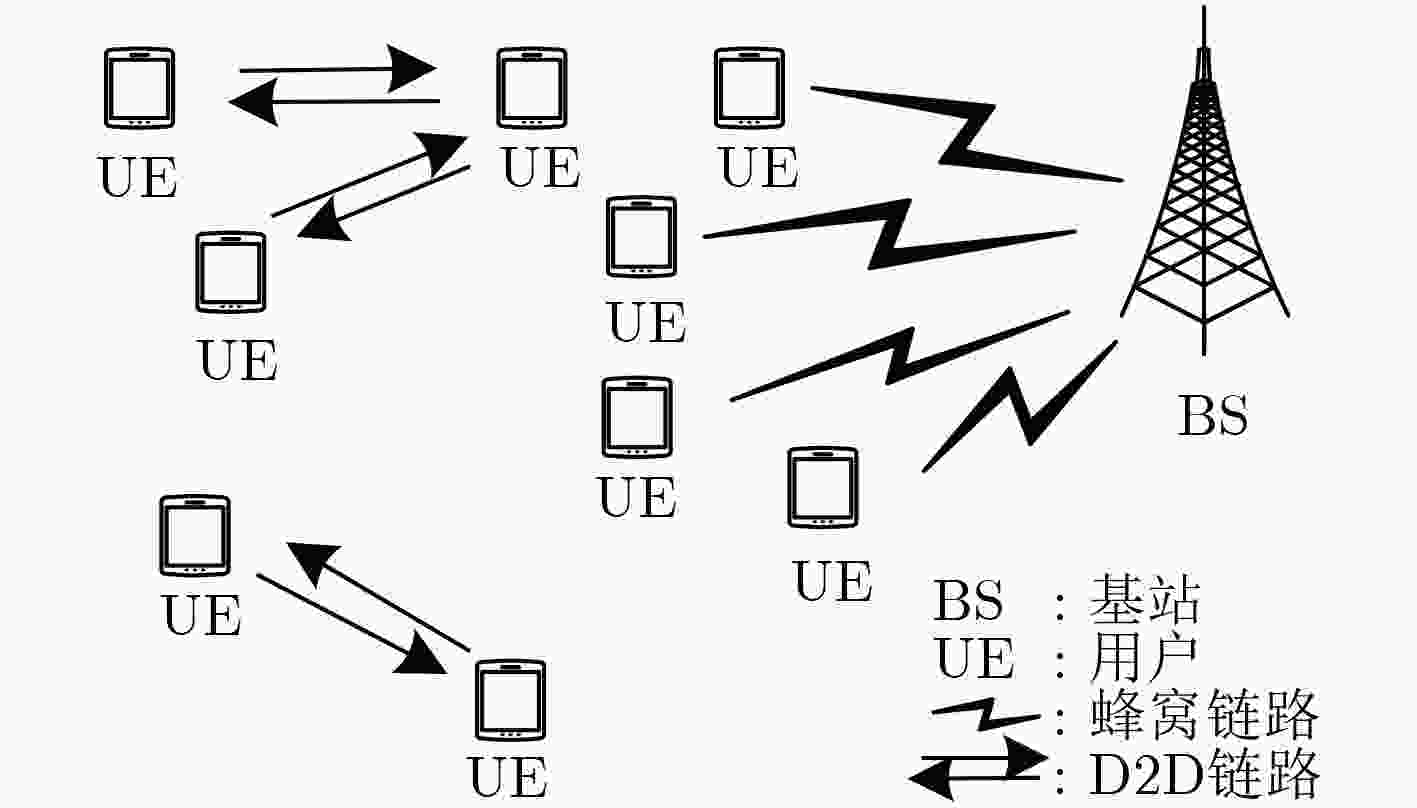
 下载:
下载:
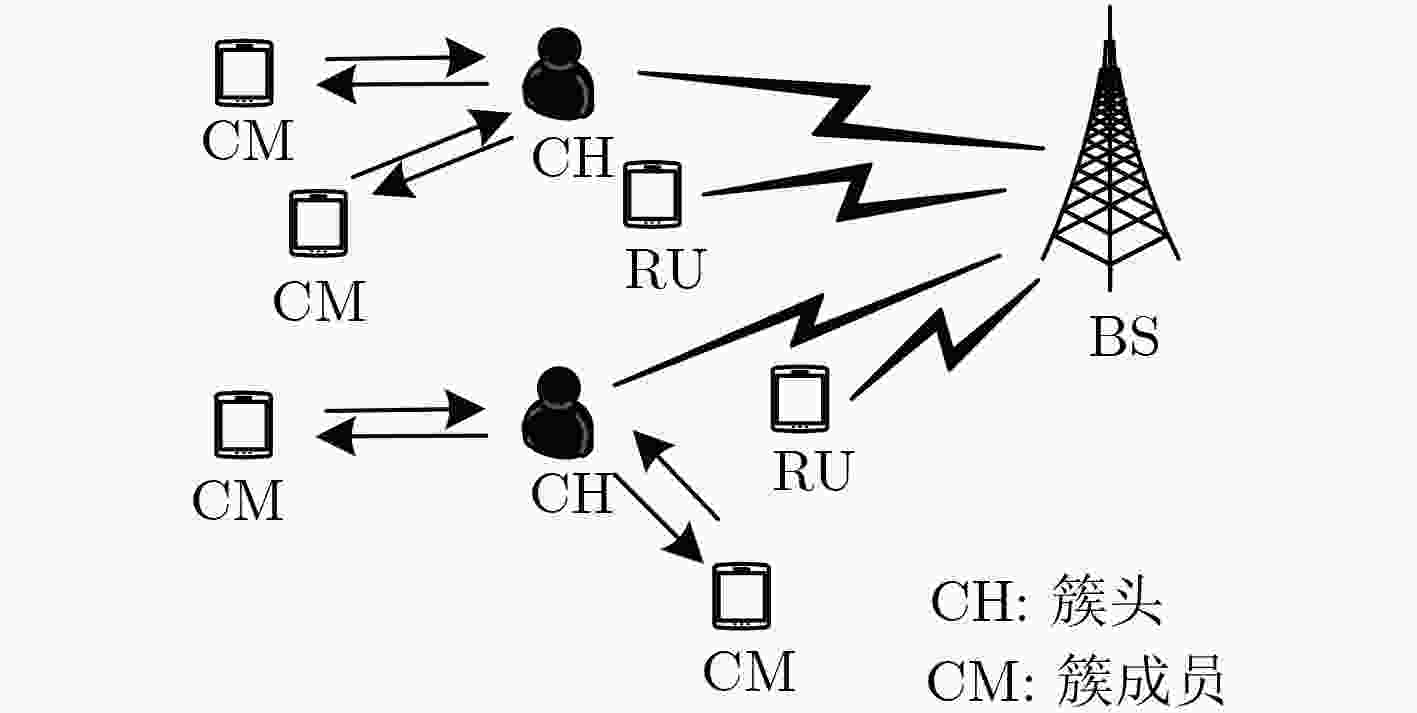
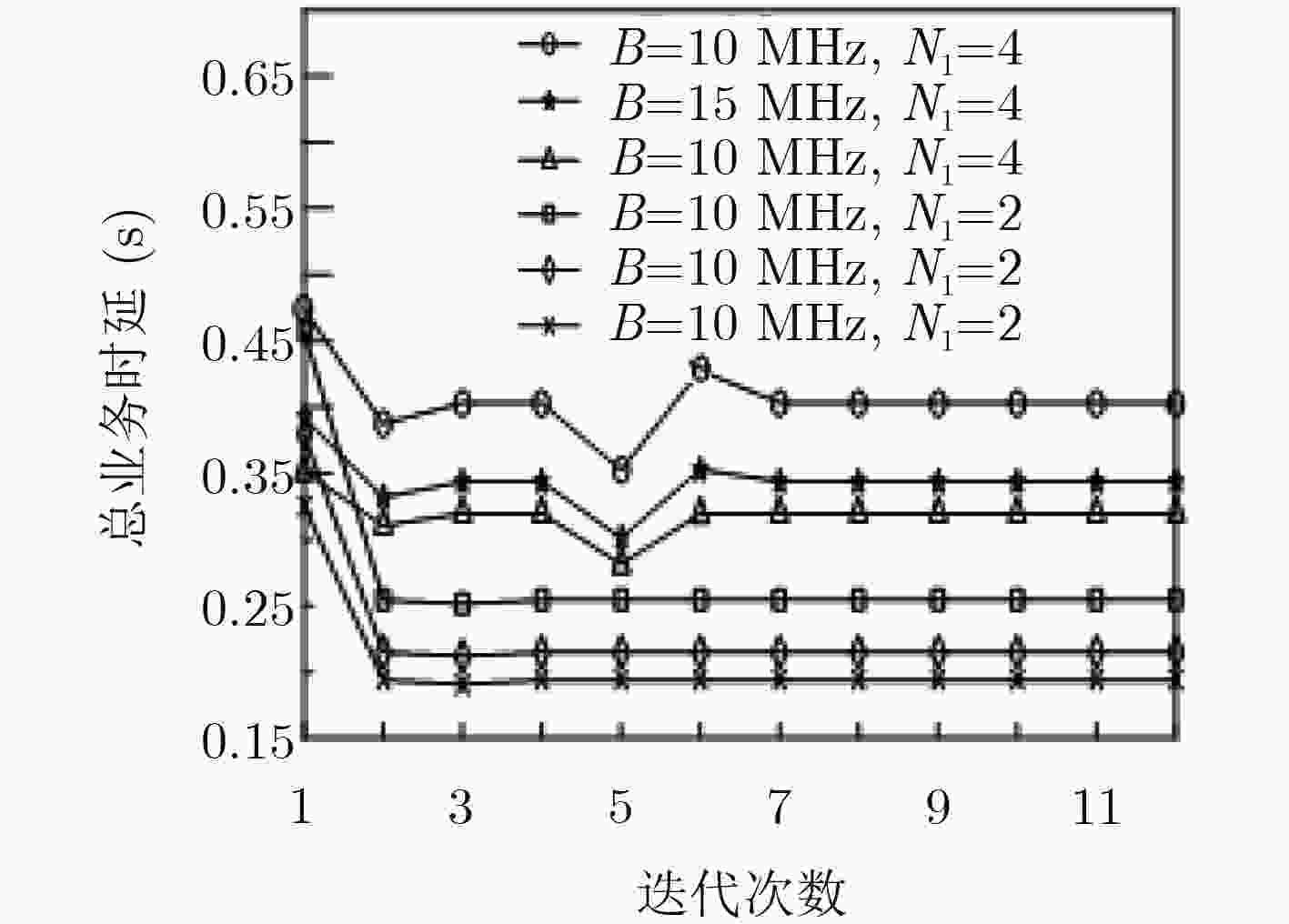
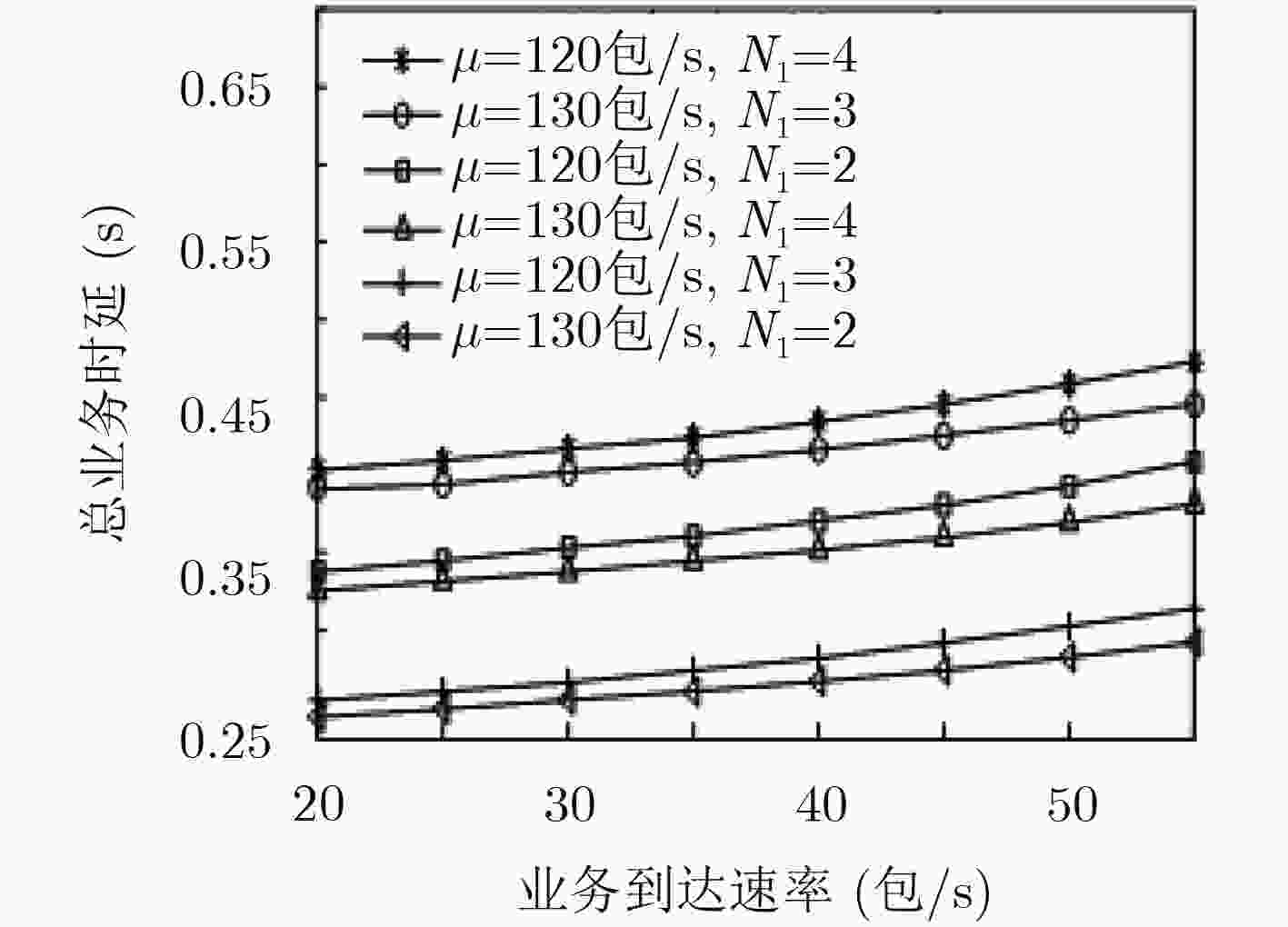
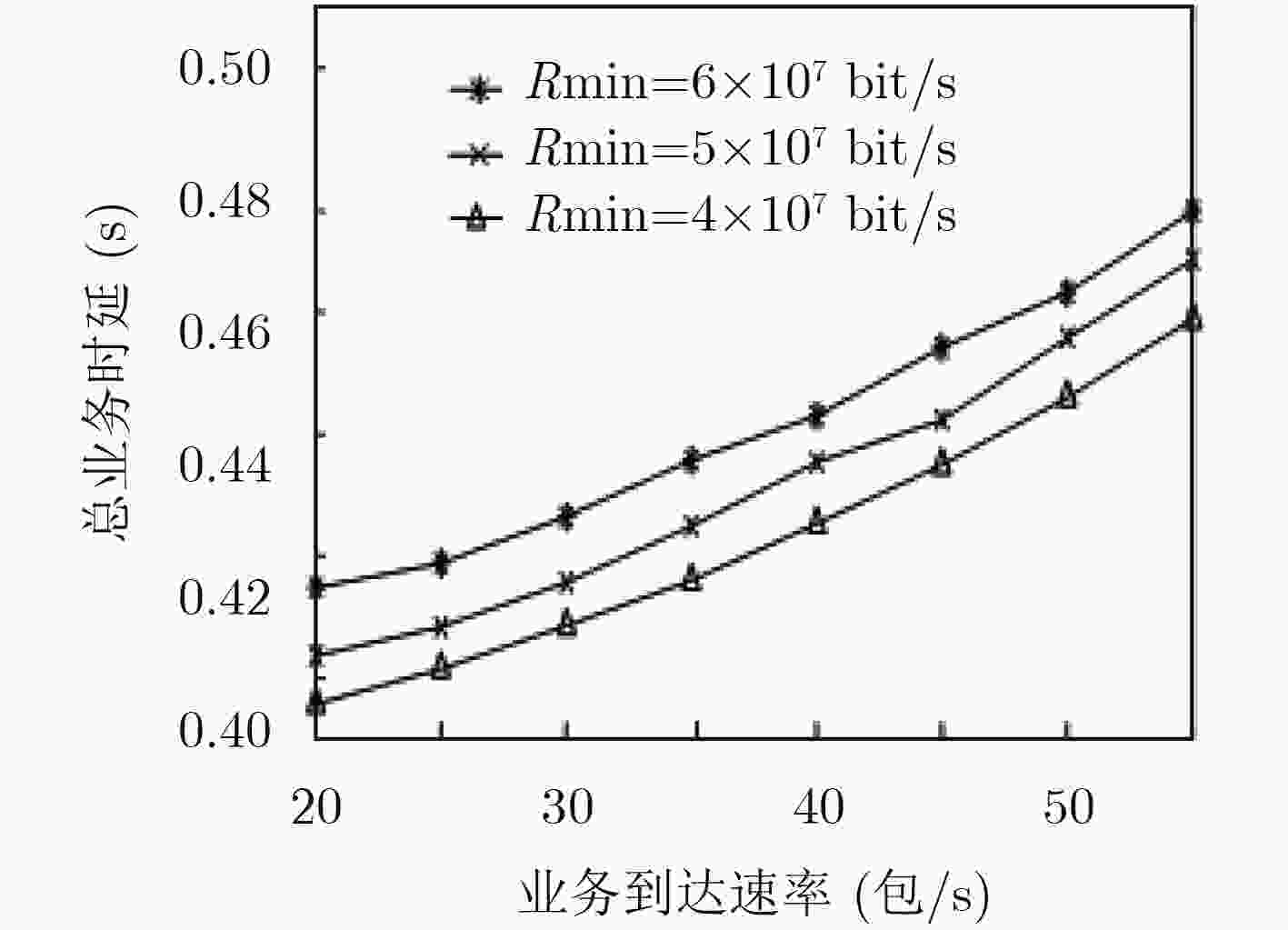
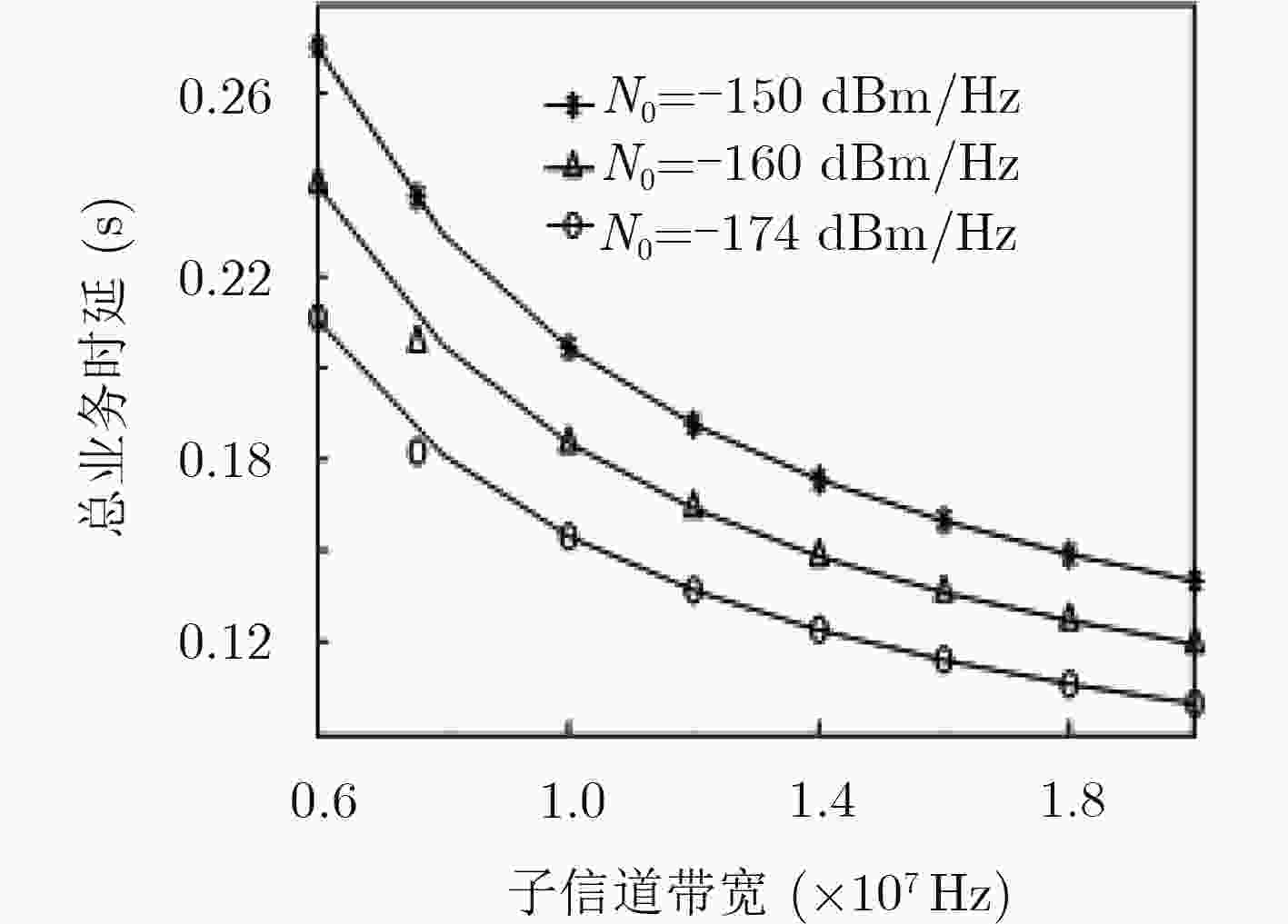
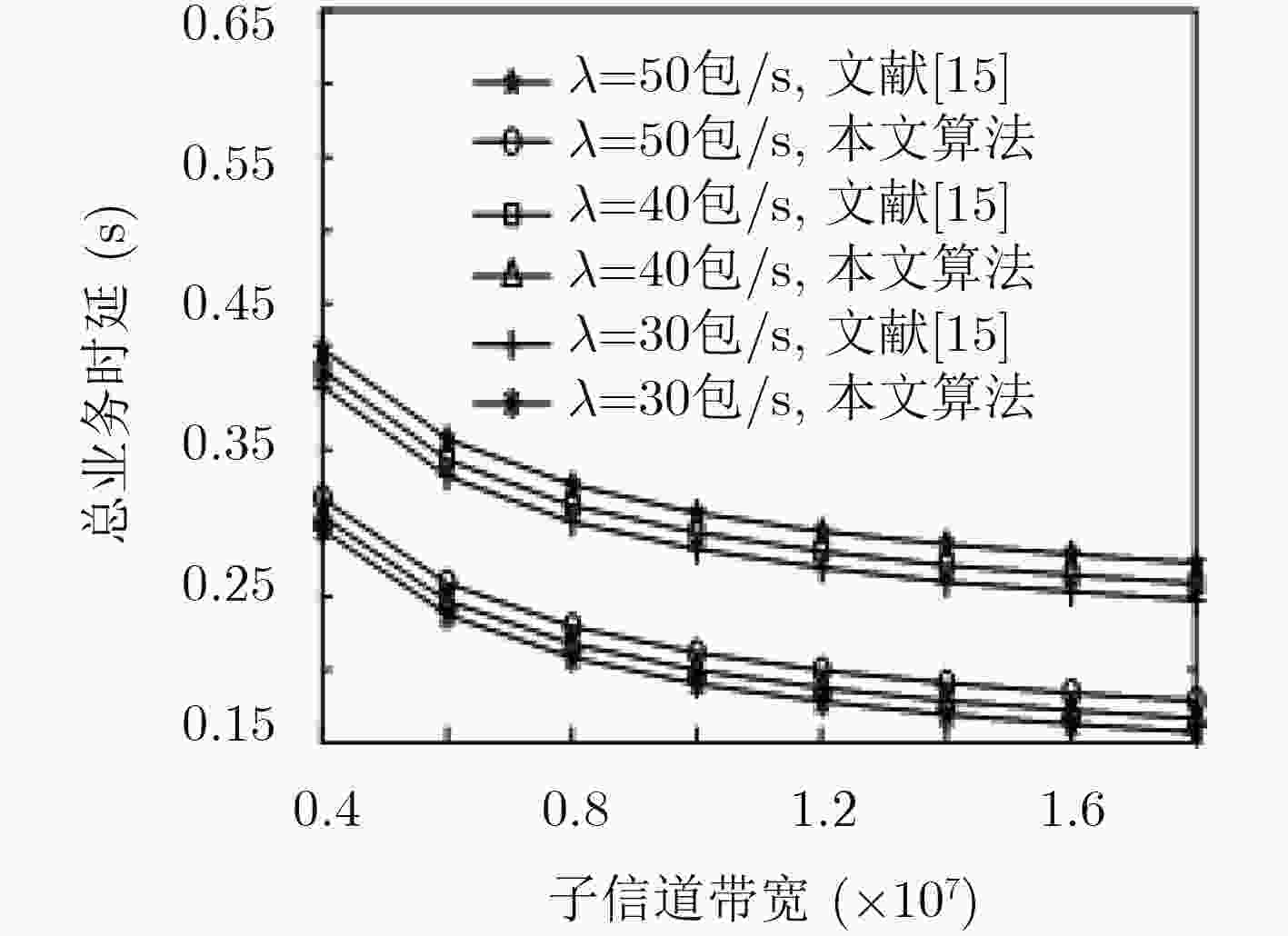


 下载:
下载:
